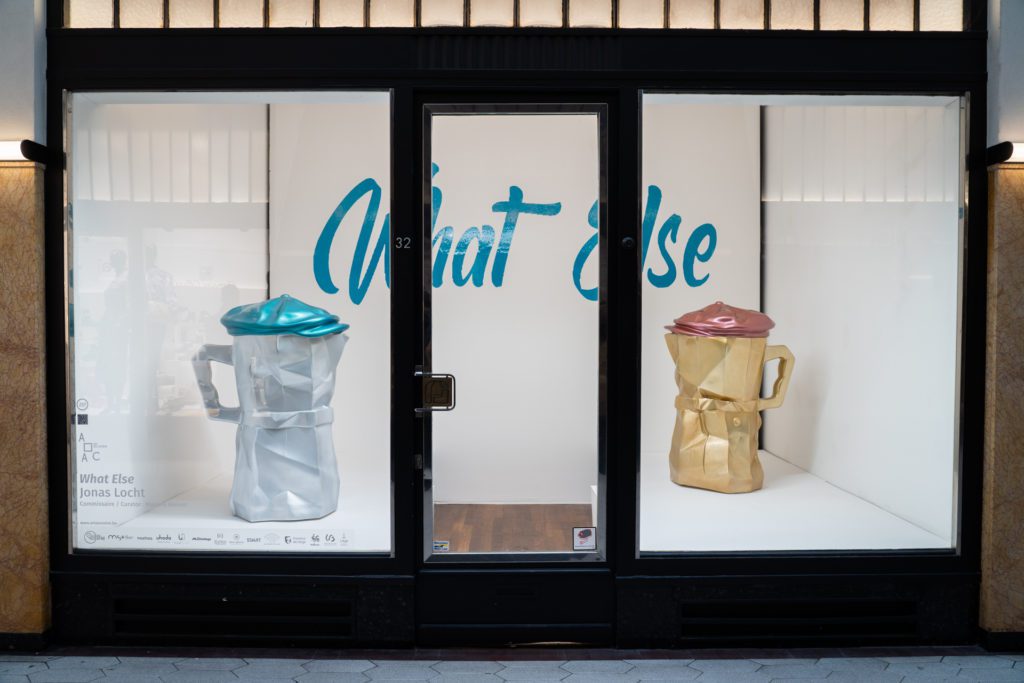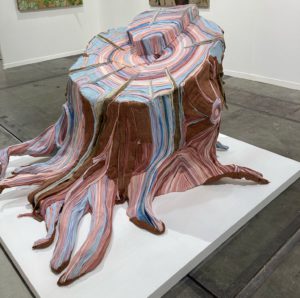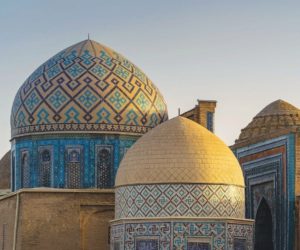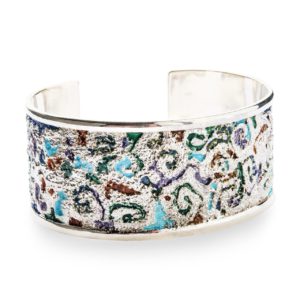Culture month : discover Art Au Centre, a project to revitalise the city centre of Liege through art
Translated by Deepl
Read the original article
Changing storefronts, invested windows and art in broad daylight: Art Au Centre is back and will be running until 31 December in Liege!
Urban planning is a very fashionable concept in this quarter of a century that is in full swing. In the midst of economic, political, social and ecological change, urban planning has become one of the great challenges of our time. Liège is thus easily included in the list of candidates for an architectural facelift. Known as the “City of the Prince-Bishops” and as the great armoury of Belgium, this old lady has been expressing its need for change for a long time.

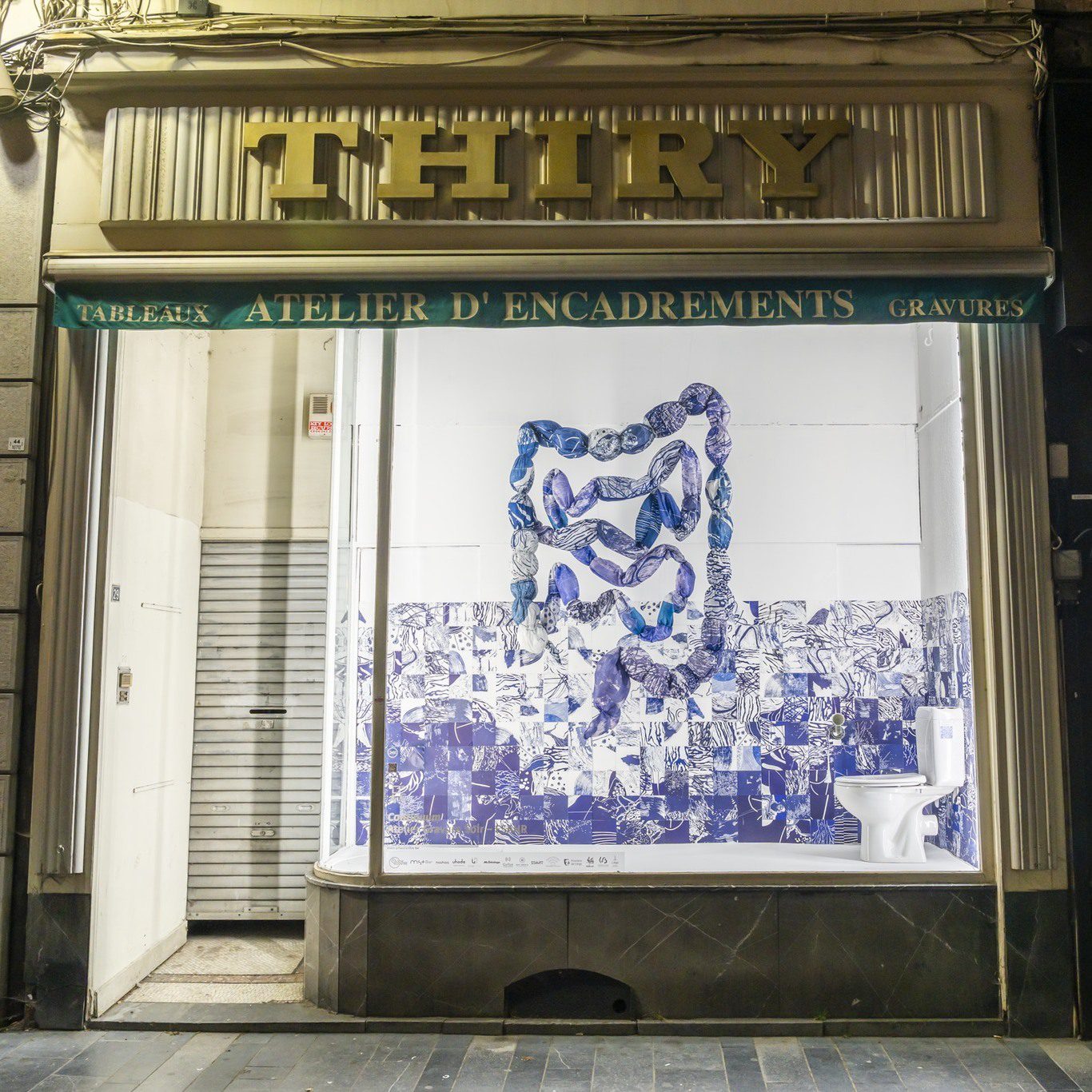
For the pedestrian used to the winding streets of the city centre, some new colours jump out at you. From Féronstrée to rue St-Gilles, key points forming the main artery of the city centre, the shop windows are adorned with curious installations. Active from November to December, the Art Au Centre intervention is in full swing.
This event, now in its tenth year, is gently creeping into the daily lives of the inhabitants. The primary objective of this large-scale project is to attract the eye of the average person to places where they usually only see empty or “ordinarily furnished” shop windows. In addition, it connects all the main roads in the centre (in a somewhat disorganised manner) into a vast treasure hunt.
Exhibition routes
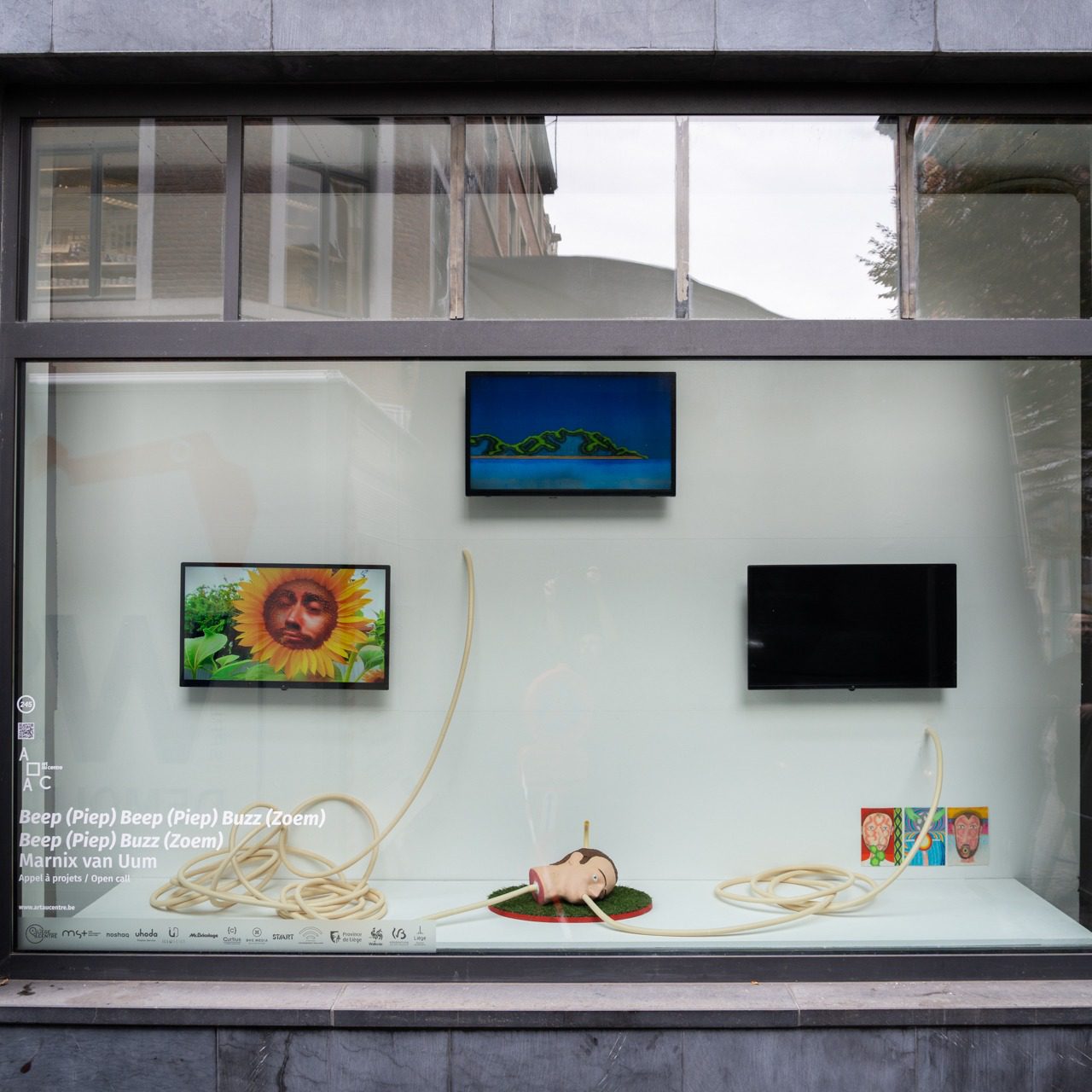
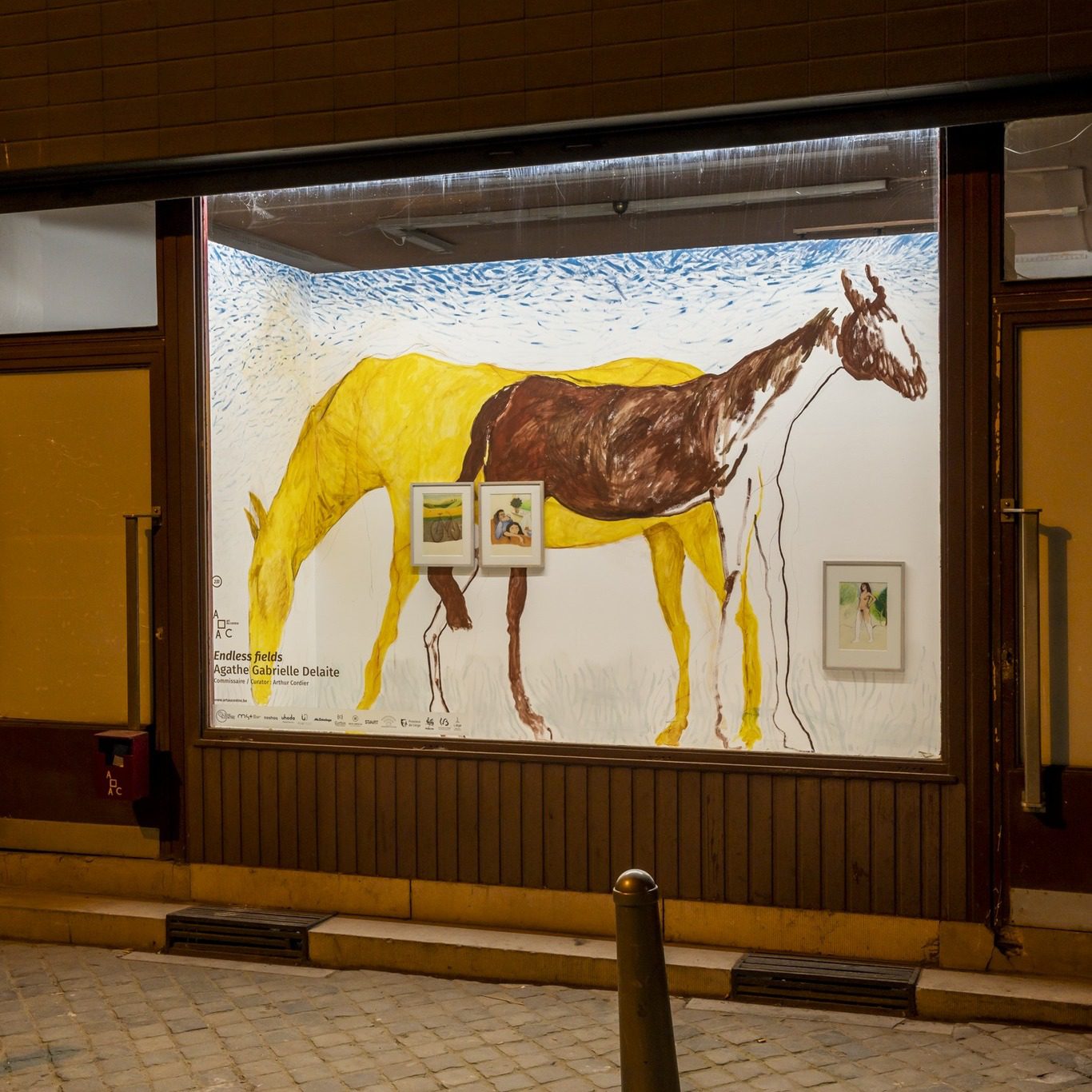
Behind these folkloric storefronts, each one has its own way of conveying its ideas. At 44 Rue St Gilles, the Londoner Georgie Brinkman exhibits a story of her own composition, an ecological and abstract fable where humans, looking up at a lunar phenomenon, realise in return their own life choices and the way they occupy their world.
Near the Place du Marché, Samuel Cariaux has created a small shrine based on Japanese calligraphy. An almost sacred arrangement where the prints he has made during his research are presented like idols. A stone’s throw away, in Rue de le Cathédrale, Donovan Le Coadou exhibits his DIY sculptures on the theme of the industrialist. In the middle of Liege, the location is well chosen.
With each device, a new ideology, a new non-commercial advertisement rich in abstract messages. All in all, these are the joys of art away from the cameras and the big stage.
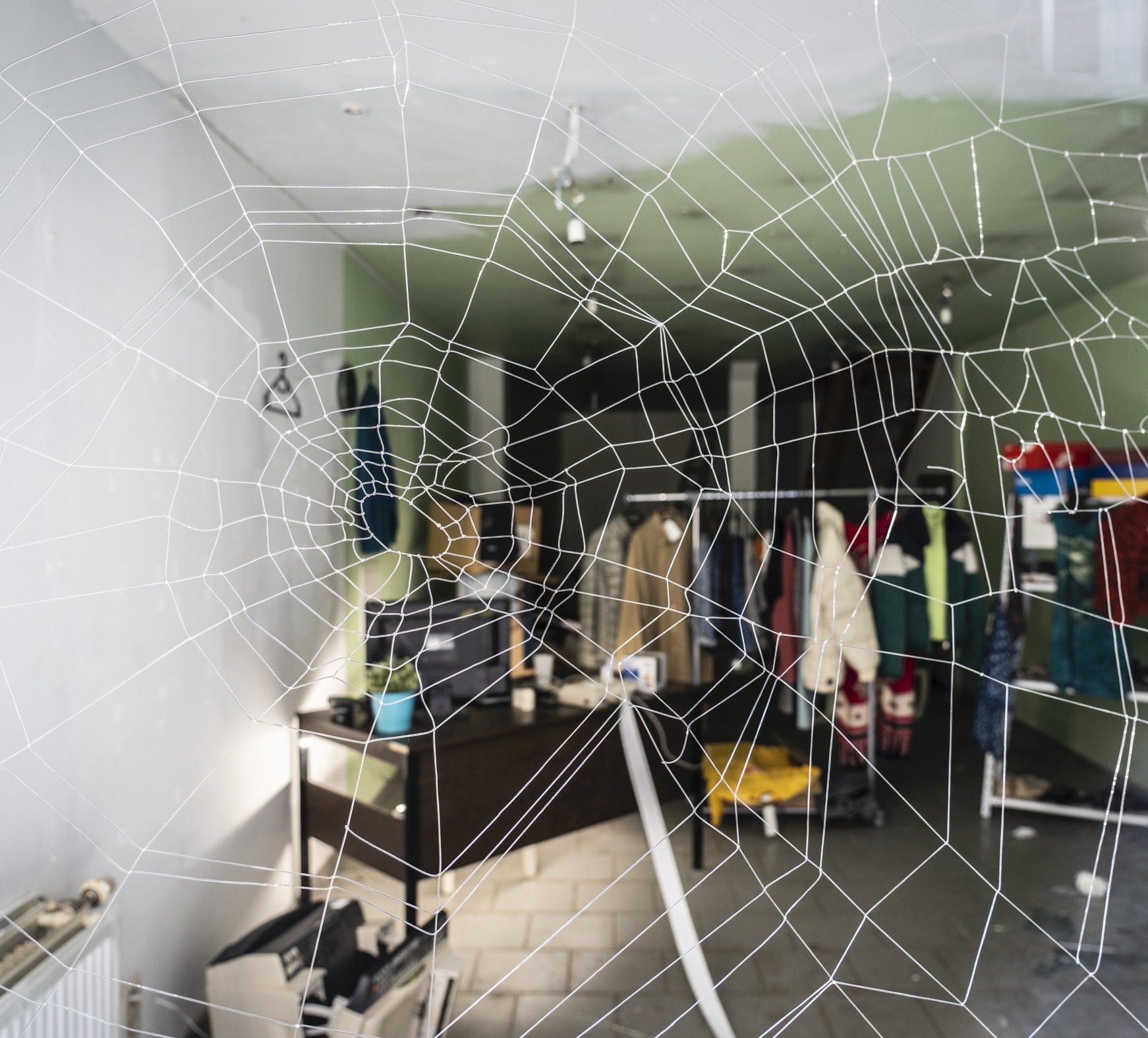
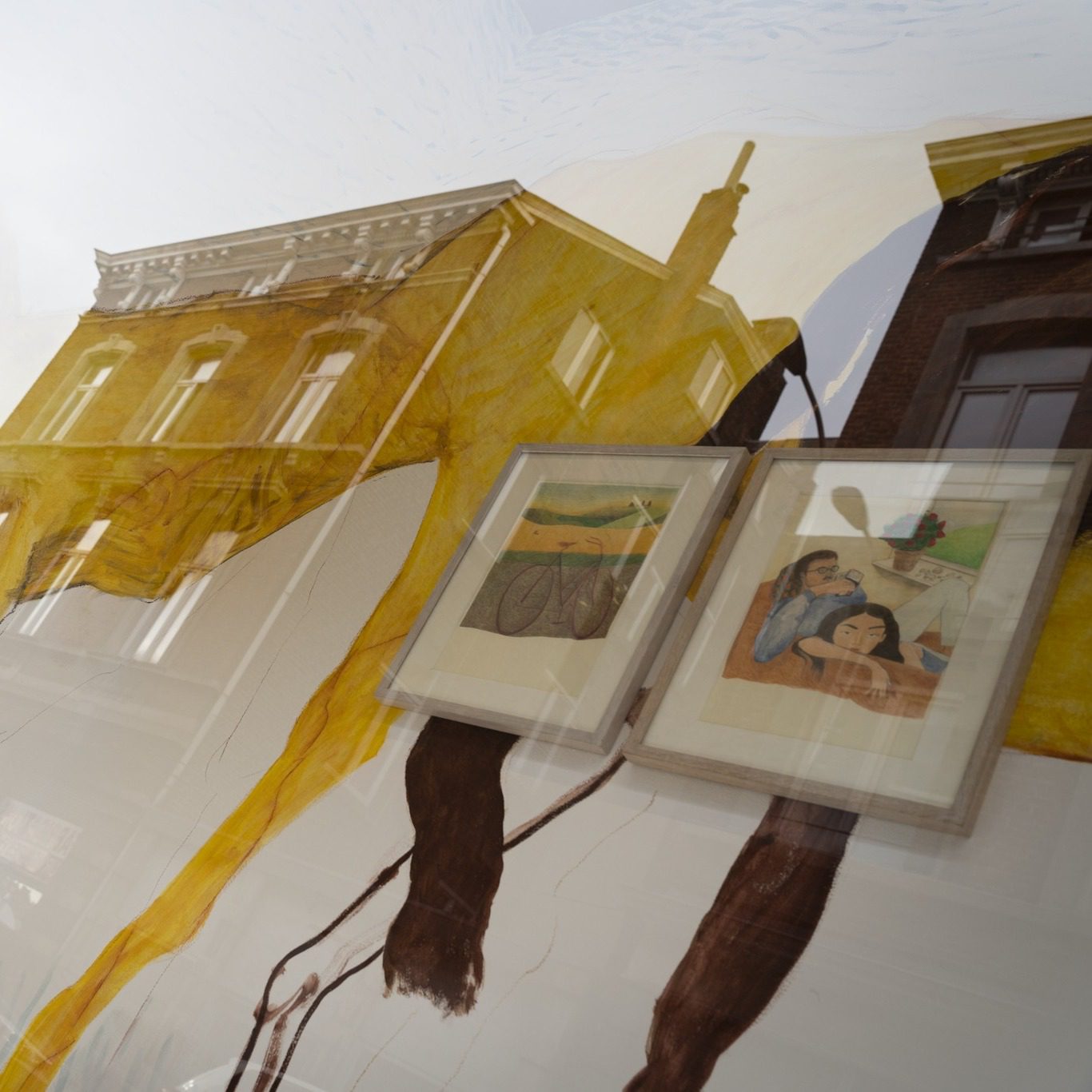
Let’s talk about the device: the installation has its good and bad sides. Indeed, reinvesting in shop windows is a good idea; they are predisposed to this type of installation and people do not usually fail to notice the arrival of the new in their daily lives. The only problem is, is it such a good idea to put them so far away from each other, where quirky boutiques, food shops and trendy shops abound?
In the maze of Rue St-Gilles or in the meanders of the Carré, it is difficult to notice these small touches of art. But that is also the challenge of this scheme: a vast “Where is Charlie?” that will encourage people to explore the centre in a new light.
Beyond the event, what is the impact? More than a simple installation scattered in the heart of the City of the Prince-Bishops, the project, now a permanent fixture on the annual calendar, gives a momentary boost to this old city with its untidy cobblestones. Modestly, the artists take their place among the façades of the residents, adding their own little touch to the teeming human organisation.
